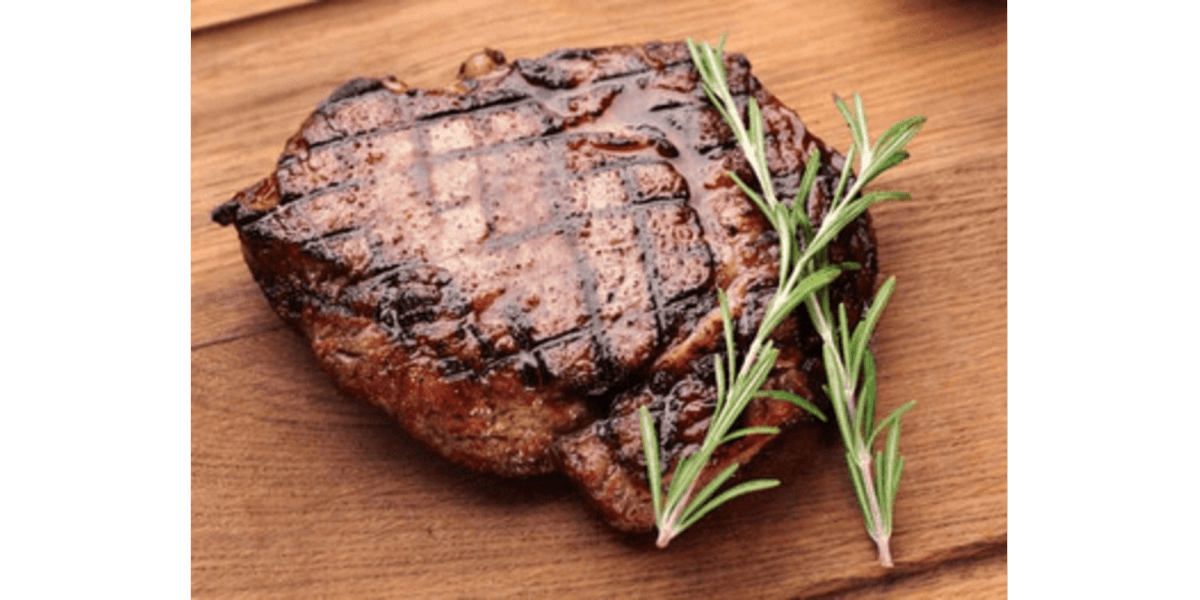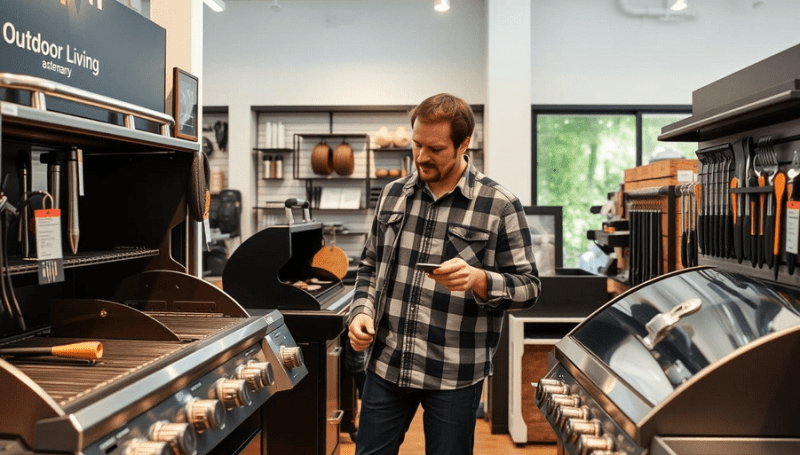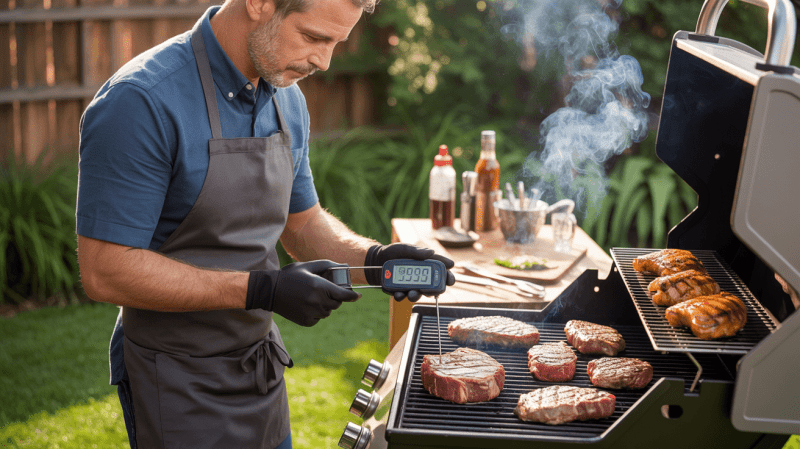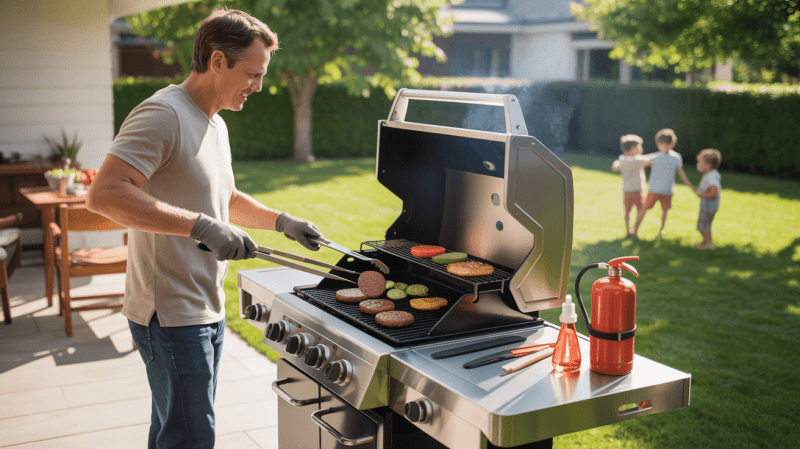Growing a whole beef tenderloin might sound unconventional, but it's an intriguing concept for those who wish to understand where their meat comes from. People don't actually grow beef tenderloins; instead, they learn how to carefully prepare and appreciate the cut for special occasions. This prized piece of meat is known for its tenderness and flavor, making it a favorite for holidays and celebrations.

The process of preparing a beef tenderloin involves breaking it down and trimming the excess fat. This can transform one large cut of meat into various dishes like filet mignon or chateaubriand. A well-prepared beef tenderloin can be the centerpiece of any feast. It demands attention in the kitchen to ensure it cooks evenly and maintains its juicy, rich flavor.
Understanding the steps to trim, season, and cook this luxurious cut can elevate your cooking skills and ensure you impress your guests every time. Whether it's the method of slow-roasting or searing it to perfection, treating the beef tenderloin with care will result in a meal that's worth the effort.
Choosing Quality Beef Tenderloin
Selecting a high-quality beef tenderloin involves understanding different beef grades and knowing where to purchase the best cuts. Recognizing these factors will help ensure a delicious and well-cooked source of protein.
Understanding Beef Grades and Cuts
Beef tenderloin is known for its tenderness and flavor. It typically comes from the loin section of the cow. When choosing beef tenderloin, beef grading is key. In the United States, common beef grades are USDA Prime, Choice, and Select.
USDA Prime offers the most marbling, making it juicy and flavorful. USDA Choice has less marbling but still provides good quality. Meanwhile, USDA Select is leaner, often requiring careful cooking to maintain tenderness.
Cuts of tenderloin include the butt, center-cut, and tail. The center-cut is the most uniform and sought-after for even cooking. Meanwhile, the butt end is slightly thicker and ideal for larger roasts. Lastly, the tail end is thinner and may need tying for even cooking.
Where to Purchase Beef Tenderloin
Finding reliable sources is crucial for purchasing quality beef tenderloin. Local butchers often provide excellent options due to their understanding of meat cuts and grades. They can offer customized cuts and provide insights on preparation.
Supermarkets usually carry various grades, with specific sections for USDA Prime and Choice. Specialty stores and online meat providers can also offer high-grade tenderloin with options for delivery.
Always check for clear labeling to confirm the beef grade. Look for a bright red color in the meat, which indicates freshness. Make sure the packaging is clean and well-sealed to ensure quality and safety.
Preparation Steps Before Cooking

Preparing a beef tenderloin requires careful trimming and tying, followed by the right seasoning and marinating for enhanced flavor. These steps ensure a tender and delicious meal.
Trimming and Tying the Tenderloin
Trimming is the first step in preparing a beef tenderloin. Remove the silver skin, a tough membrane on the surface, using a sharp knife. This improves texture and taste. Trim any excess fat, but leave a thin layer to melt during cooking and add flavor.
Next, tie the tenderloin to help it cook evenly. Use butcher's twine to secure the meat. Wrap the twine around the tenderloin with 1 to 2-inch spacing. This creates an even shape, ensuring even cooking.
Seasoning and Marinating
Seasoning is the next crucial step. Kosher salt is often used for its texture and ability to enhance the meat's natural flavors.
Generously sprinkle the salt on all sides of the tenderloin. Follow with freshly ground black pepper for a balanced taste.
For marinating, combine olive oil, minced garlic, and chopped rosemary.
Rub this mixture over the tenderloin for a flavorful crust. Then, allow the marinated meat to rest in the refrigerator for at least one hour. This lets the flavors penetrate the meat.
Cooking Techniques for Beef Tenderloin
Beef tenderloin is a luxurious cut of meat best known for its tenderness and flavor. Cooking it to perfection requires attention and the right techniques. Key points include successfully oven roasting it to reach the ideal temperature, achieving a medium rare finish, and properly resting and carving the meat to ensure juiciness and flavor.
Oven Roasting the Tenderloin
Oven roasting is a popular method for cooking beef tenderloin. To begin, preheat the oven to 425°F.
Next, season the beef tenderloin generously with salt, pepper, and preferred spices. This step ensures that the meat is flavorful.
Then, heat vegetable oil in a skillet over medium-high heat. Sear the meat on all sides until it’s nicely browned.
Transfer the beef tenderloin to a roasting pan and place it in the oven. Cook for about 15-20 minutes per pound for medium rare.
After the initial period, check the temperature with a meat thermometer. For medium rare, it should read just under 140°F before removing it from the oven. This will help achieve the desired level of doneness, so it’s essential not to overcook it.
Achieving the Perfect Medium Rare
The quest for the perfect medium rare beef tenderloin is all about timing and temperature control. A medium rare finish will give the roast a rosy, warm center which most people find delightful.
Use a meat thermometer to monitor the internal temperature closely. To reach medium rare, aim for a temperature that registers just under 145°F.
Some additional cooking happens as the meat rests, so this ensures a juicy interior without sacrificing tenderness.
Using unsalted butter as a basting agent during the resting phase can add an extra layer of moisture and flavor. This step helps enhance the natural taste of the beef tenderloin, making it even more succulent.
Resting and Carving the Meat
Resting is a crucial final step after oven-roasting to lock in the juices. Once the tenderloin reaches the right temperature, remove it from the oven and let it rest for at least 15 minutes.
This allows the heat to distribute evenly, making the tenderloin easier to carve.
When it’s time to carve, use a sharp knife to cut the meat into even slices. Start from the narrow end and work your way up.
Avoid pressing down too hard, as this could cause the juices to escape. Proper carving enhances both the presentation and taste of the roasted beef tenderloin.
Enhancing the Tenderloin with Sauces and Sides
Pairing a juicy beef tenderloin with the right sauces and sides can elevate the flavor and presentation of the dish. A rich red wine sauce adds depth, while thoughtfully chosen sides create a balanced meal.
Creating a Classic Red Wine Sauce
Red wine sauce can enhance the taste of a tenderloin. To make this sauce, begin by sautéing finely chopped shallots in butter until soft.
Add red wine and let it simmer to reduce by half. This step ensures the wine's flavor becomes concentrated.
Next, introduce beef stock to the saucepan and let it cook until the mixture thickens. Finish with a touch of butter for a silky texture. This sauce complements the tenderloin by adding robust and rich flavors.
Selection of Complementary Sides
Selecting the right sides is key to a memorable tenderloin meal.
Consider classic options like roasted potatoes or steamed asparagus. Roasted potatoes provide a hearty element that pairs well with the savory meat.
Steamed asparagus offers a crisp texture and fresh taste that balances the richness of the beef.
Many prefer adding a simple green salad for variety, tossed lightly with vinaigrette. Together, these sides create a delightful contrast to the rich flavors of the tenderloin and sauce.
Frequently Asked Questions
Cooking a beef tenderloin to perfection involves knowing the right temperatures and methods. From preparation to unique recipes, there are various ways to enjoy this delicious cut of meat.
What are the ideal cooking temperatures for beef tenderloin to ensure it is perfectly done?
Achieving the ideal doneness is key. For rare, aim for 125°F; medium rare, about 135°F; medium, 145°F.
Use a meat thermometer to check. Then, let the meat rest after cooking for the best results.
Can you provide a guide on how to cook a beef tenderloin in the oven, including preparation and time?
Start by preheating the oven to 425°F. Trim excess fat and season with salt and pepper.
Roast in the oven until it reaches the desired temperature, usually around 45 minutes for a 4 lb tenderloin. Let it rest for 15 minutes before slicing.
What are some unique recipes for preparing beef tenderloin that go beyond the traditional methods?
Try beef tenderloin with a balsamic glaze or wrap it in bacon for a flavorful twist.
Another creative option is to stuff it with spinach and goat cheese. Experimenting with different herbs and spices can also offer exciting new flavors.
How do you properly age a whole beef tenderloin at home?
Aging meat enhances its flavor. To age a whole beef tenderloin at home, wrap it in cheesecloth and place it on a rack in the refrigerator.
Allow it to age for up to 7 days, checking regularly. Ensure it's kept at a constant temperature to prevent spoilage.
What is the best method for cooking a beef tenderloin to maximize its tenderness and flavor?
Searing the tenderloin on high heat before roasting locks in juices and adds flavor.
After searing, cook it slowly at a lower temperature. This method ensures tenderness while preserving the natural flavors of the beef.
How many people can be served with a 4 lb beef tenderloin, and how should it be portioned?
A 4 lb beef tenderloin can serve approximately 8-10 people, depending on portion size.
Slice the tenderloin into 1-inch thick steaks to serve.
Consider guests' appetites and adjust portions accordingly for smaller or larger servings.



